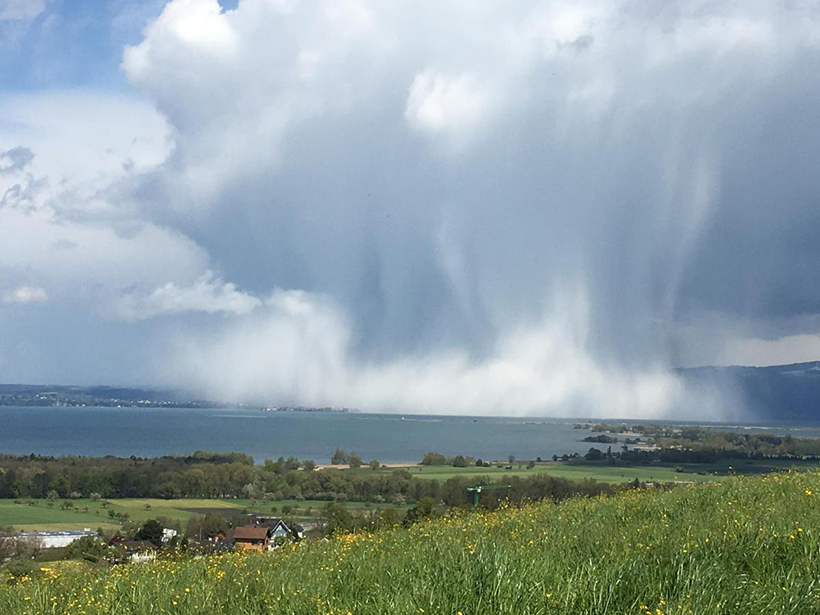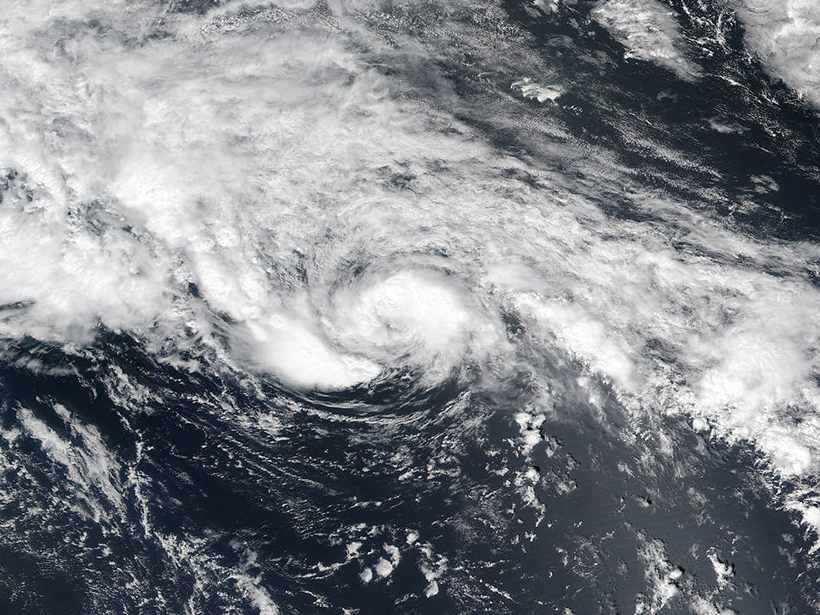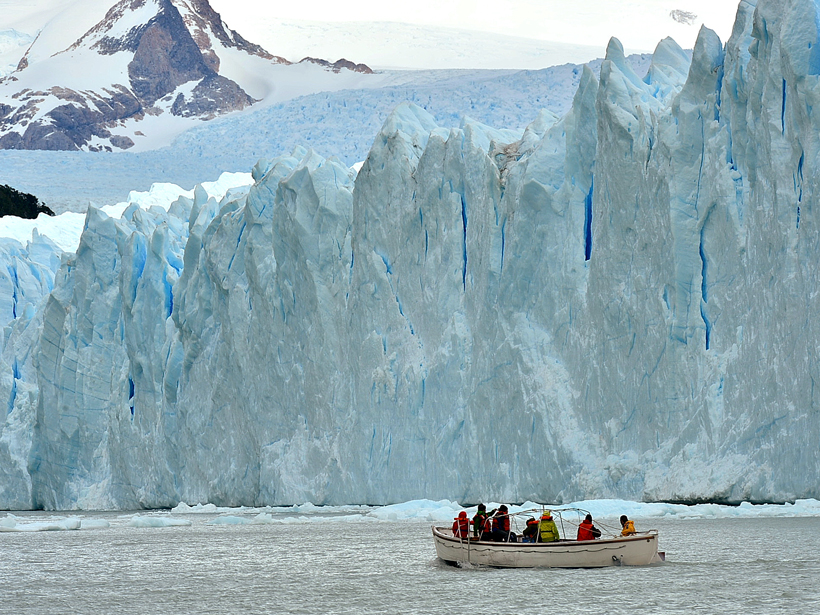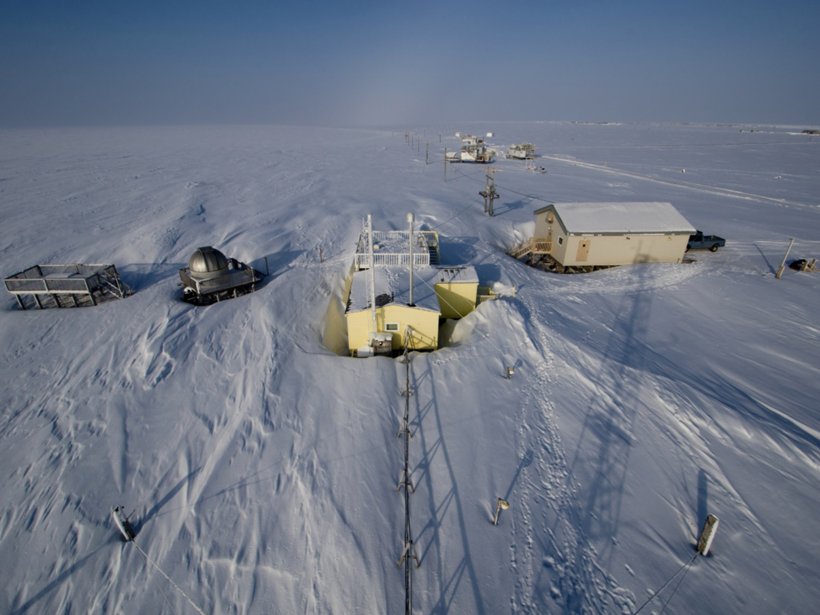Scientists and others decry the decision, arguing that it will slow efforts to address the risks of climate change.
Climate Change
New Supercomputers Allow Climate Models to Capture Convection
Scientists evaluate the latest version of a fine-scale climate model by simulating a decade of precipitation patterns across Europe.
What Does U.S. Withdrawal from the Paris Climate Agreement Mean?
The Trump Administration has pulled the United States out of a landmark climate accord. But withdrawal does not change the science of how our planet works.
Scientists Predict Active Hurricane Season
A combination of warm sea surface temperatures and a weak or absent El Niño may create conditions conducive to tropical storm formation.
Unseasonable Weather Entrenches Climate Opinions
Democrats and Republicans double down on their climate change opinions when faced with slightly cooler or warmer weather.
Concern About Climate Change Drives Arctic Council Meeting
Actions taken by ministers at the meeting included an agreement on international Arctic scientific cooperation and adoption of recommendations of a report on the region’s changing state.
In Patagonian Lakes, Glacial Meltwater Lies Low
A new study reveals key differences in ice-water interactions between glaciers that flow into lakes and glaciers that end in the sea.
Ancient Methane Seeps Tell Tale of Sudden Warming
Newly discovered rock mounds left by ancient methane seeps give scientists clues that methane on ancient ocean floor was released by ancient global warming.
Reconstructing Past Sea Level Change to Understand the Future
PALSEA2 2016 Workshop: Sea-Level Budgets at Decadal to Millennial Time Scales to Bridge the Paleo and Instrumental Records; Mount Hood, Oregon, 19–21 September 2016
Black Carbon Measurements in the Arctic Get an Upgrade
Long-term data of higher accuracy could help improve global climate models and reveal trends in black carbon’s influence on Arctic climate.










